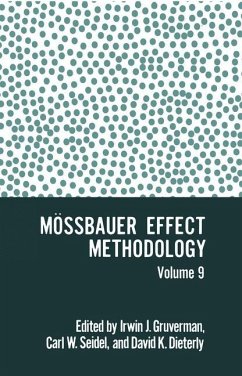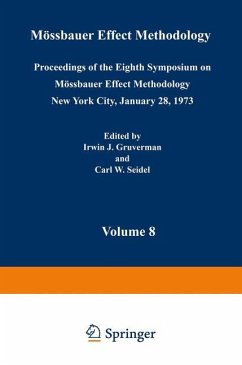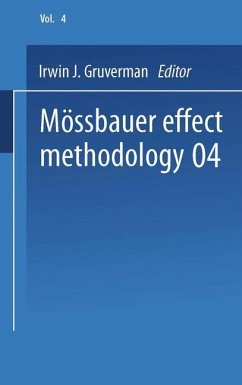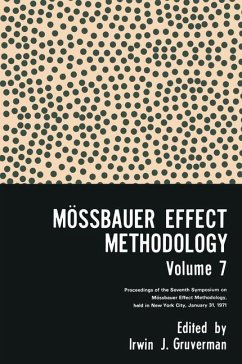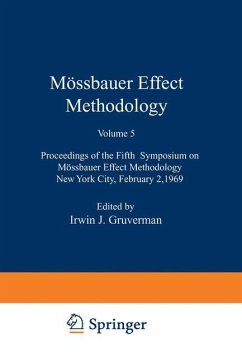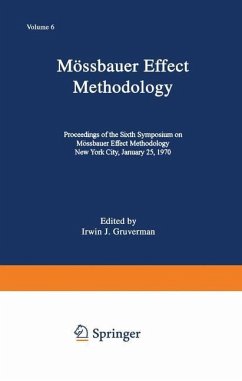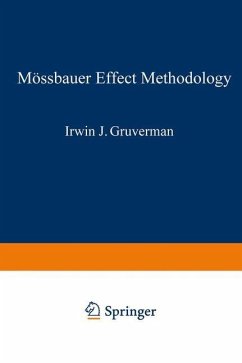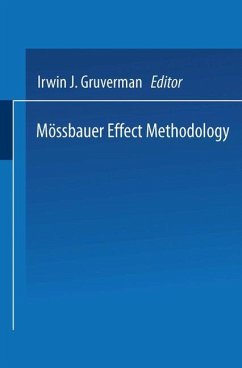This is the ninth volume of a continuing series intended to provide a forum for publication of develop ments in Mossbauer effect methodology and in spectroscopy and its applications. Mossbauer Effect Methodology, Volume 9, records the proceedings of the Ninth Symposium on Mossbauer Effect Methodology. The symposium was sponsored by the New England Nuclear Corporation and interest was concentrated on spectroscopy and applications, with more than usual emphasis on new methodology. The symposium was held in the Palmer House in Chicago on February 3, 1974. Dr. Stanley Hanna presided over the afternoon and evening sessions. Attendance was lower than usual; about one hundred participants were present. This may reflect the continu ing pressure of travel budget limitations. Contributing Sponsors were Austin Science Associates, El Scint, Inc., Nuclear Science Instruments and Ranger Electronics. These organizations demonstrated their products for Mossbauer applications. The continuing improvements in the spectrometers and their adjuncts was evident. The Selection Committee again had a most difficult task, and was obliged to accept only about half of the submitted papers. A most interesting group of papers on applications and spectroscopy featured reports on electronic relaxation phenomena, magnetic phase and spin transformations, photochromism in strontium titanate, lattice studies, and phase determination by Kossel analysis. The excellent methodology session included presentations on data analysis techniques for spectral folding, hyperfine interaction analysis and recoil-free fraction measurement, a backscatter spectrometer and a report on a Selective Excitation Double Mossbauer method to study time-dependent phenomena.
Hinweis: Dieser Artikel kann nur an eine deutsche Lieferadresse ausgeliefert werden.
Hinweis: Dieser Artikel kann nur an eine deutsche Lieferadresse ausgeliefert werden.

